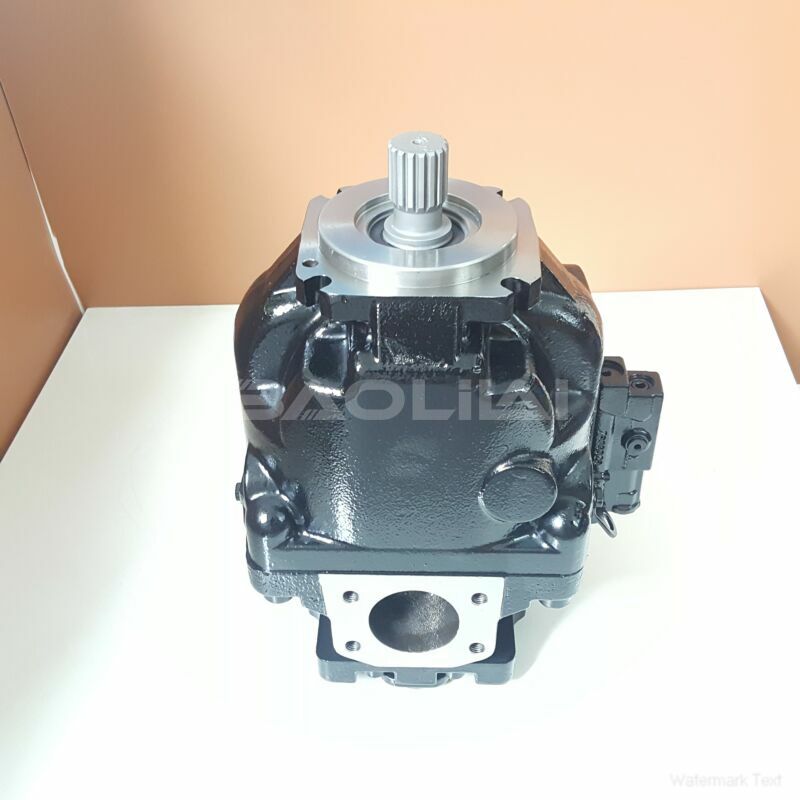ERL147CLS2520NNN3S4RPA1NNNNNNNNNN hydraulic pump
ERL147CLS2520NNN3S4RPA1NNNNNNNNNN hydraulic pump

- Product Details
- Applicable Scene
ERL147CLS2520NNN3S4RPA1NNNNNNNNNN hydraulic pump.As industries evolve and seek greater efficiency and precision, the role of hydraulic pumps in robotic automation systems is becoming increasingly critical. Hydraulic systems have long been valued for their ability to generate high force and perform demanding tasks. However, as we look to the future, several factors are driving innovations and changes in this field.
Model Code :ER-L-147C-LS-25-20-NN-N-3-S4RP-A1N-NNN-NNN-NNN
Model Code :ERL147CLS2520NNN3S4RPA1NNNNNNNNNN
One of the most significant advancements in hydraulic pump technology is the integration of digital controls and sensors. The emergence of the Internet of Things (IoT) allows hydraulic pumps to be monitored and controlled remotely, enhancing their precision and efficiency. With real-time data collection, operators can optimize pump performance, predict maintenance needs, and reduce downtime, thus improving the overall productivity of robotic systems.

Model No.ldent No. :80002214
ERL147CLS2520NNN3S4RPA1NNNNNNNNNN hydraulic pump.Moreover, advancements in materials and design are contributing to the future of hydraulic pumps. Manufacturers are developing lightweight, compact, and durable components that offer greater flexibility and efficiency. For instance, the introduction of advanced polymers and composites can reduce wear and tear, enhancing longevity, while also contributing to energy savings in hydraulic systems. These new materials can help create pumps that are not only lighter and more efficient but also capable of multi-tasking within the automation framework.
Energy efficiency is another crucial aspect driving the evolution of hydraulic pumps in robotic systems. As the global emphasis on sustainability increases, the development of energy-efficient hydraulic systems is becoming paramount. Innovations such as variable displacement pumps are critical in minimizing energy consumption by adjusting flow according to the demand of the robotic application. These pumps not only enhance efficiency but also help reduce the carbon footprint of automated operations.





